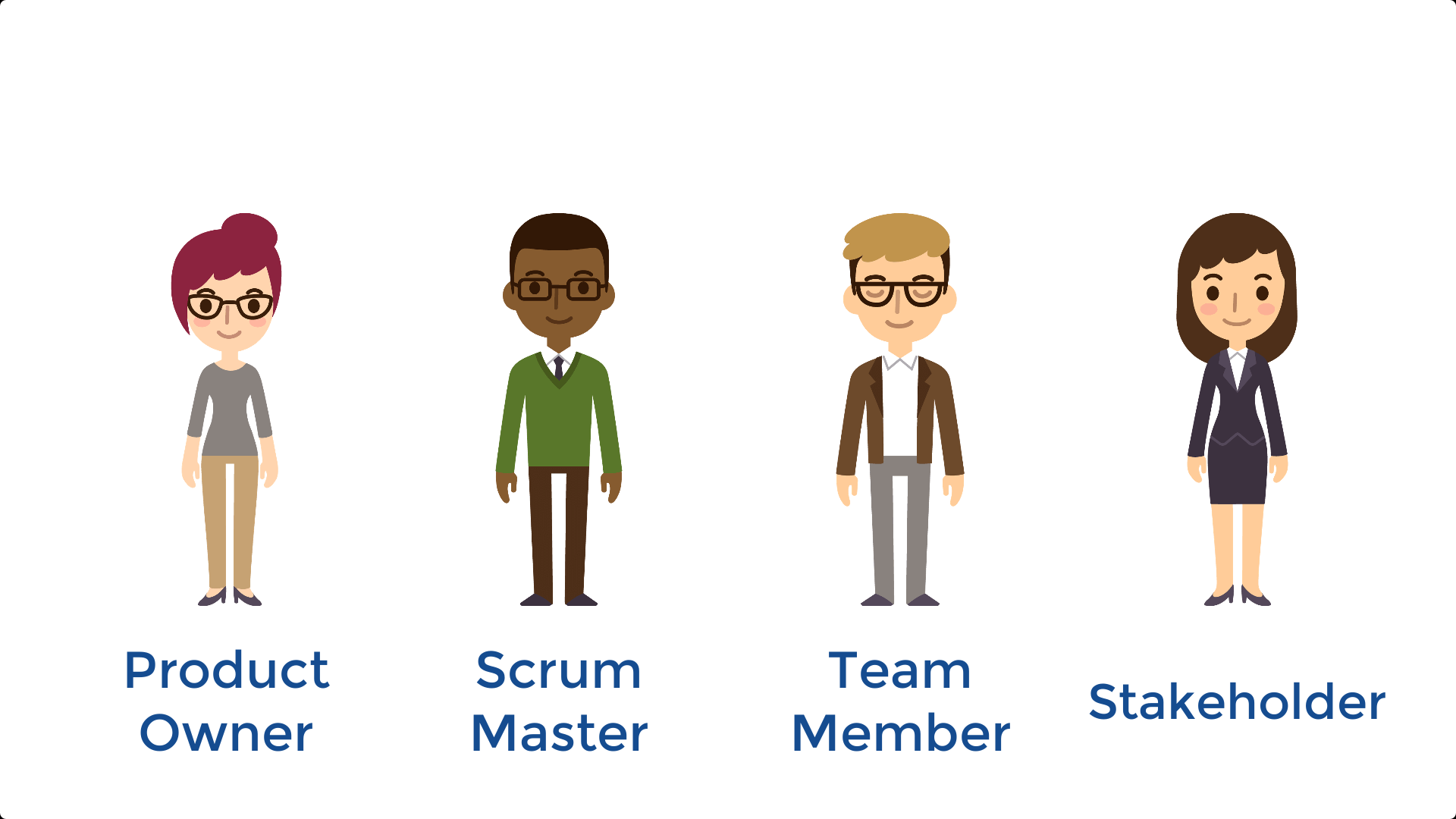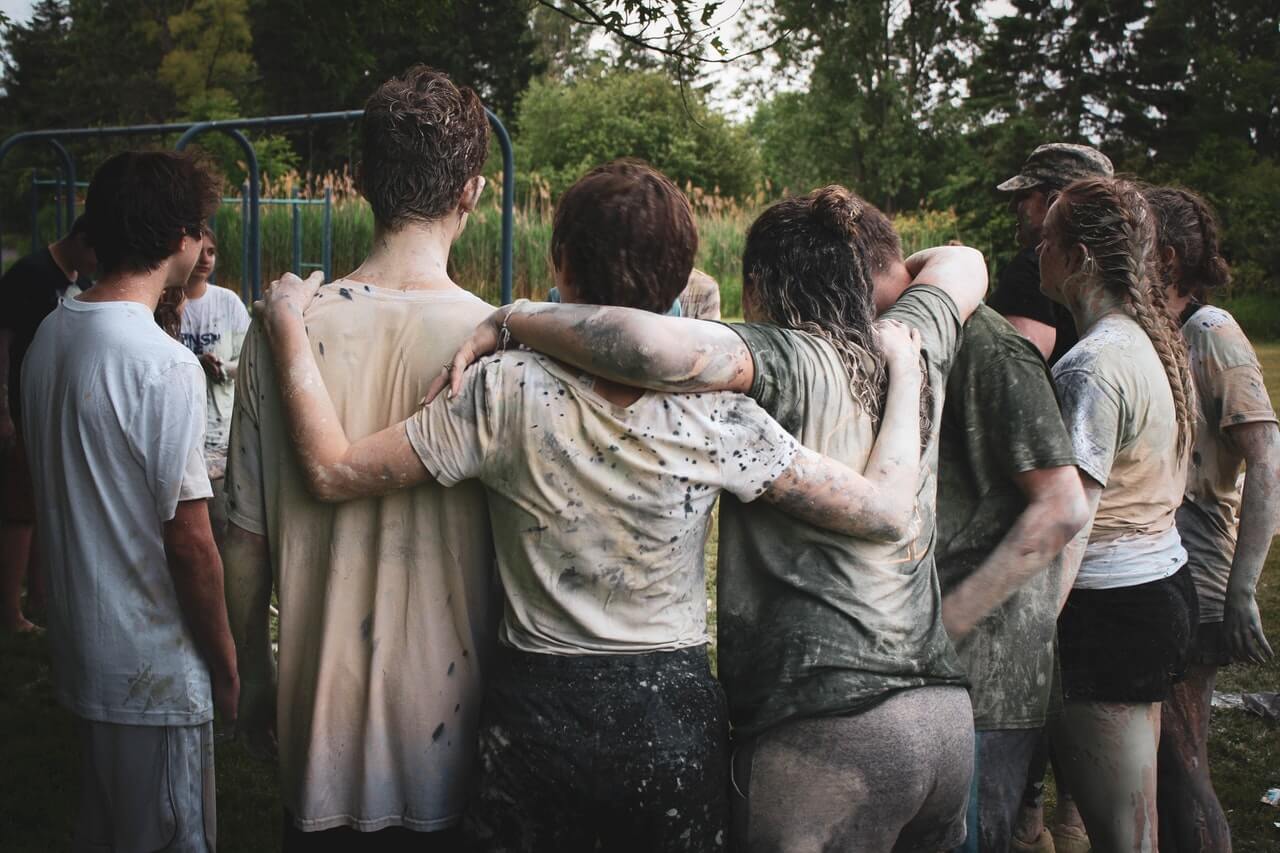Successful Agile project management is only possible when you have a total commitment to core values from everybody in your agile team.
These core values, taken directly from the agile manifesto, are the first steps in implementing an Agile approach within your organization but what next?
Once you take a step further, you will start to ask yourself questions like, “What are the roles in an agile team” and “How do I organize an agile team?”
What are the Agile Team Roles?
At its core, an agile team should consist of people who possess a strong desire for collaboration and continuous improvement.
Ideally, it should not be a random group of people/developers that only meet at sprint meetings. However, you also might need to consider working with Remote Team members. While it may seem optimal to have everyone under one roof, agile remote teams can reduce overhead costs and give more access to talent and skills.
If you do decide to include remote team members, you must develop your own tools and ways of ensuring communication (both professionally and socially) while holding each other accountable. A strong team should make decisions and solve problems through collaborating with each other while being self-organized.
It’s worth noting that this is not everyone’s cup of tea! The idea of constantly checking in with your team or working so closely with others without judgment would give some people nightmares!
As we said at the outset, Agile requires total buy-in from everyone involved and without it, maybe you should try a different approach. If you do decide to use Agile, there are some primary roles that need to be filled regardless of your Agile team size.
Scrum Master
The team leader (or when using the Scrum methodology, Scrum Master) acts as a coach or facilitator for the agile team. Not strictly a project manager, but does possess soft project management skills, the scrum master guides the team through decision-making and strives to remove impediments. They are also responsible for obtaining resources for the team
The scrum master protects the team, shielding the team from problems and removing distractions. They are concerned with ensuring the Agile (or indeed scrum) methodology is being adhered to.
Product Owner
The product owner (or on-site customer) is the voice of the customer and entirely concerned with the value of the final product. As the representative of the stakeholders within the team, they understand their requirements along with a bigger picture vision of the business needs.
They should have strong communication skills and be able to effectively express end-user feedback to the team at the end of iterations.
They are also responsible for creating and modifying the prioritized work item list (referred to as the ‘Backlog’ in a Scrum team) along with the release management.
Team Member
Team members’ responsibilities usually include, but are not limited to programming or development. They take on whatever cross-functional responsibilities necessary to turn ideas and stories into working end-product for users.
Other agile team members can include product designers, writers, and other specialists. They undertake the tasks provided by the Product Owner and allocated by the Scrum Master.
Stakeholder
The stakeholder represents a number of different parties that may not be directly involved in the development process. They could include end-users, executives, investors, or external auditors.
Their input is crucial in guiding the direction of the project to align with business goals.
Agile team members should ideally focus on a singular vision and don’t drift between other teams. However, that might be easier said than done!

Forming your Team
An agile team is a cross-functional group of people that have all the requirements necessary to deliver a working, tested product.
Your team is unlikely to hit the ground sprinting, so it’s important that your team bond and grow together so that trust is built. A good way of looking at this is through the Tuckman ‘Forming, Storming, Norming, Performing’ model.
Forming
Your team comes together and goals are set. At this stage, teams operate as individuals as they explore each other from a distance. Time is spent planning and collecting information.
Storming
The team starts suggesting ideas (brainstorming). The team encounters conflict for the first time as items are prioritized and accepted over others. Relationships are tested thoroughly here and authorities are broken apart and re-established.
This is the most testing stage and can make or break an agile team. Strong facilitative leadership is needed so that a consensus is found to build the best product and not keeping the team happy.
Norming
Team has overcome their biggest collective challenge and as emotions settle, the team becomes comfortable with one another and the relationships are understood.
Team leaders let Individual personalities slot into place and strengths begin to complement each other.
Performing
The team has reached a stage of high performance with full commitment to the team goals. Decision making is collaborative and Conflict is expected at this stage but dealt with swiftly as teams. have total trust in each other’s abilities.
